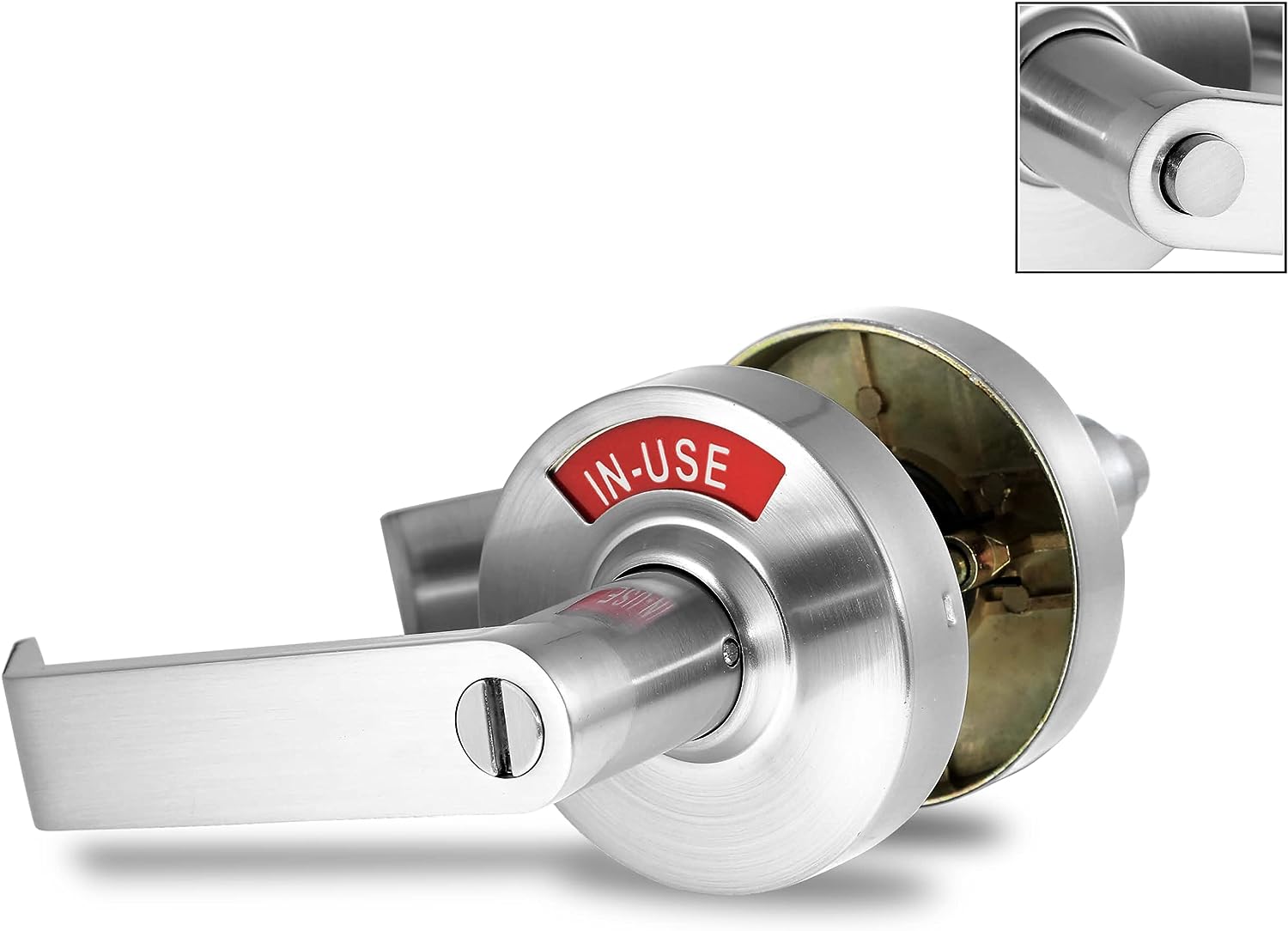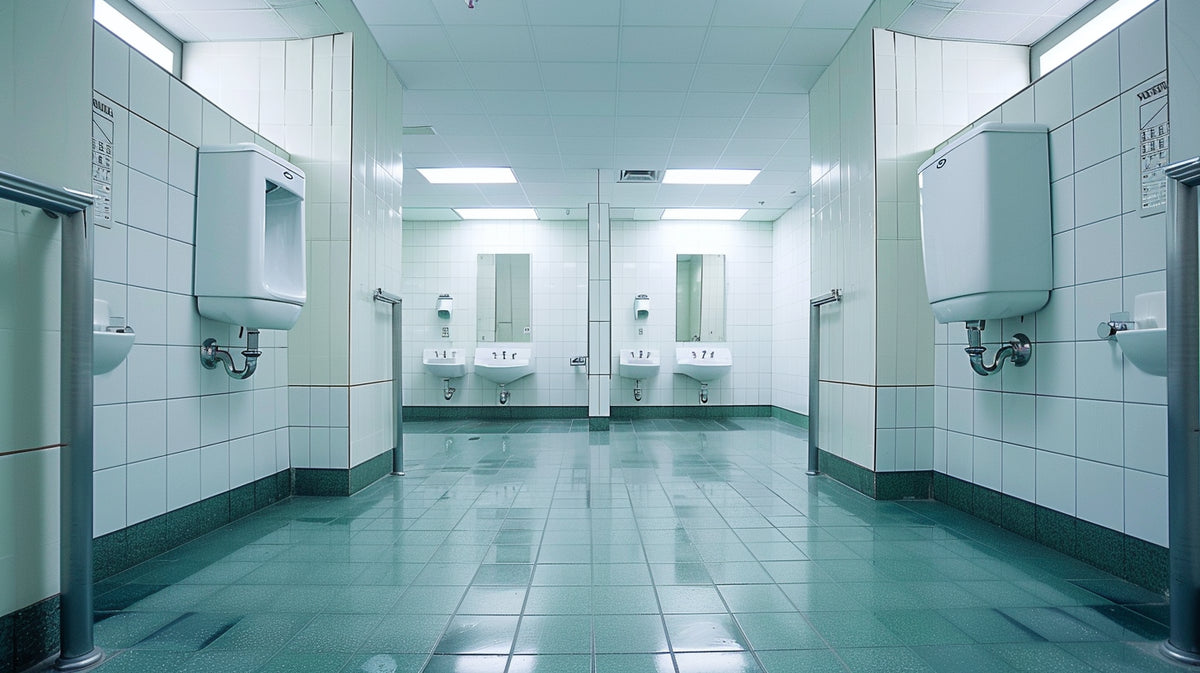
If you are a facility manager or director of facilities for a large hospital system, you have the tough but important job of making sure visitors are satisfied, codes and compliance are up to date, and requests from executive leadership are met and approved. Not only that, but you are responsible for creating a safe public space for the thousands of visitors who enter your facility daily.
Larger hospital systems get a lot more scrutiny than small medical offices and are subject to frequent compliance audits and inspections. It is important that your door locks meet basic ADA compliance standards, but what other factors should be considered?
Keep reading to learn the best ways to ensure that your hospital system is compliant, maintains certain privacy standards, and is safe for visitors.
Cost - How much will ADA-compliant door locks cost?
You have quite a few choices when it comes to installing the proper locks on your hospital doors. Deadbolt, mortise, and cylindrical locks are the most common to choose from, but which one is the best fit for your facility? A deadbolt requires a lot of installation work and is heavy duty, and often doesn’t meet ADA requirements due to the closed fist rule (bans any lock you can’t operate with a closed fist). Mortise locks require special doors, which makes the installation process a lot more expensive. You can save money with a cylindrical lock by avoiding the time-consuming project of drilling holes and converting doors to accommodate a mortise or deadbolt lock.
Safety - Are ADA-compliant door locks safe?
In any large hospital system, it is important to prioritize your visitors’ safety. As a facility manager, you are responsible for a lot of unsupervised public space, so you need your equipment and facilities to promote a safe environment when hospital personnel are not present to keep an eye on things. Large hospitals house people 24/7, so it is crucial to think about the low traffic hallways, late night hours, and the hygiene of those in the hospital. Having an ADA-compliant door lock that includes an occupancy indicator eliminates all those worries. With an occupancy indicator lock, patients, guests, and hospital personnel will feel a greater sense of security while using the restroom. Occupancy indicator locks eliminate “test pulls,” which will prevent anxiety or embarrassment for people safely inside the restroom. If someone does begin jiggling the door handle, it presents a much higher cause for concern, and the person in the restroom can call hospital personnel for assistance. Occupancy indicator locks also reduce the number of touches on door handles, which promotes a more sanitary environment.
Risk - Are ADA-compliant door locks necessary to prevent lawsuits?
Any medical facility must take steps to avoid potential lawsuits, but large hospital systems are especially vulnerable when it comes to safety and compliance. With a larger hospital system, facility managers have a lot more ground to cover and can’t have active personnel on duty everywhere all the time. There is a lot of trust involved when it comes to how the hospital is running and how its equipment is functioning. Pass ADA compliance checks and avoid lawsuits by using door locks that passes the closed fist rule and can be operated with a single motion from a button or lever that unlocks and opens the door. Meeting accessibility standards will promote an inclusive culture. This kind of experience is expected in large hospital facilities.
Availability – Are ADA-compliant door locks affected by supply chain issues?
One problem facility managers face is their hospital getting the right equipment quickly and with ease. Building materials have been greatly affected by supply chain issues in recent years. Vizilok’s ADA-compliant door locks are in-stock and often ship within hours of ordering, making it easier to install the locks in a timely manner.
Large hospital systems must satisfy ADA-compliance requirements.
ADA design standards require that “all locks and handles attached to doors must be operable with one hand and not require any extreme grasping or twisting.” One-touch operation is a must-have feature when choosing door locks for hospitals.
Occupancy indicators are an added feature that provide an enhanced experience, but they are also required for family and single use restrooms according to IBC 110.2.1.6.
Vizilok’s convenient all-in-one design means you get the combined function of an ADA-compliant door handle, lock, and occupancy indicator in a single piece of hardware. Vizilok automatically displays “in use” or “vacant” when locked or unlocked.
There is a certain expectation of compliance, privacy, and safety in a large hospital system. Keeping private areas like patient exam rooms, restrooms, and employee-only areas secure can help you avoid potential lawsuits and help you pass ADA-compliance inspections. Not only that, but you’re establishing and maintaining a level of trust with patients and guests.
Vizilok provides ADA-compliant occupancy indicator locks that have a high-quality appearance and increase privacy, security, and accessibility. If you’re looking for locks with easy, quick, and cost-effective installation, Vizilok is the answer!
- If you are a facility manager at a hospital:
- Ask for Vizilok from your door hardware supplier by name...
- You will save time and money...
- And you will get an amazing Privacy Indictor Lock your customers and employees will love!



